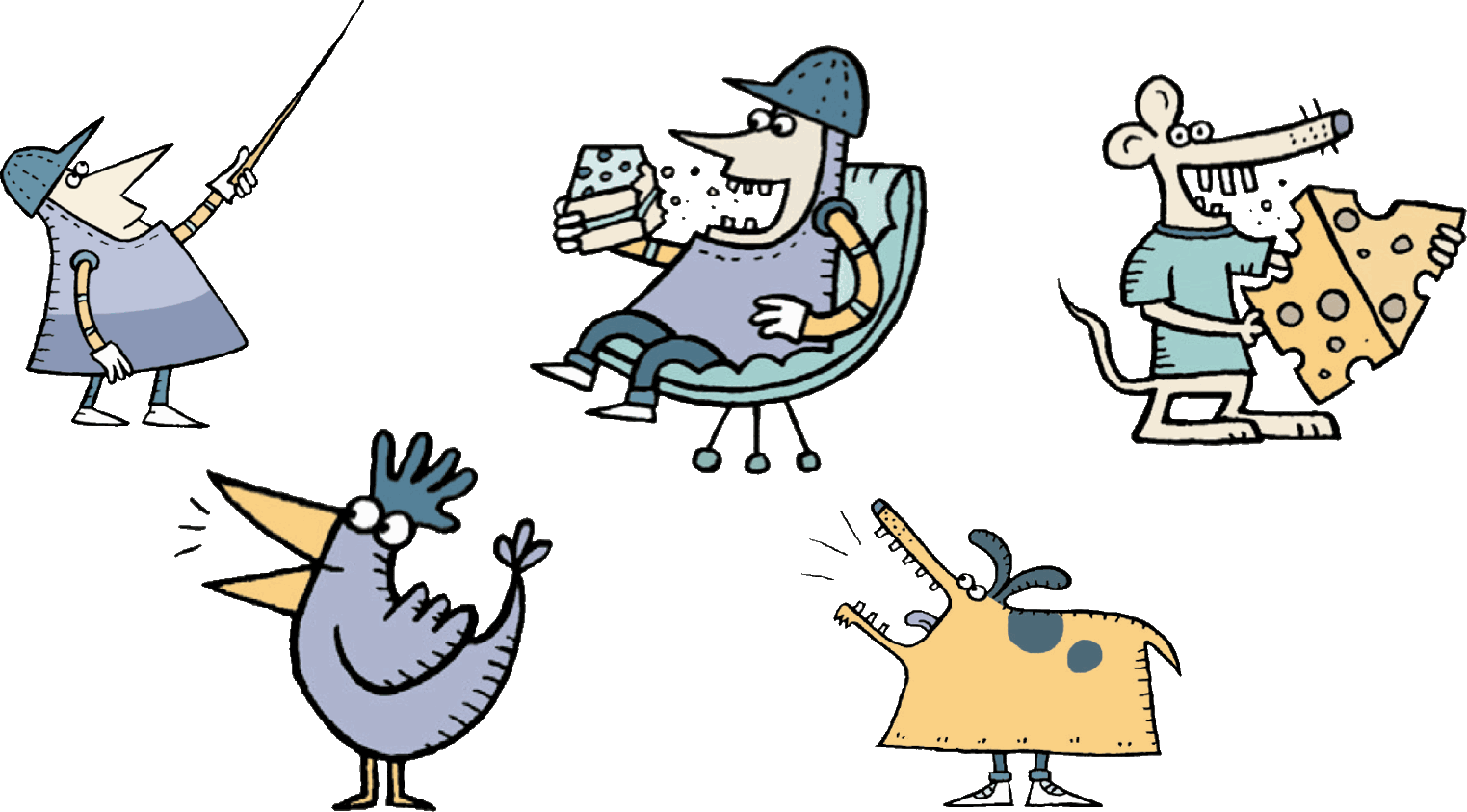05: Present tense
This is Lesson #5 of a unit of 10.
Teacher Slide
Objective: grammar
To understand, identify and apply the present tense, including the present progressive form of the verb.
Objective: writing
To explore when the present tense is used in writing and apply this to the pupils’ own writing.
Terminology for pupils:
tense, present tense, past tense, simple present tense
Can you remember what verbs are? Can you give some examples?
Here are some sentences. Look at the verb. Does it tell us that it is happening now, or in the past? Move the sentences into the right box. What do you notice about the ending of the verbs in each sentence, depending on which group we place it into?
Verbs can tell us about when things happened. This is known as tense.
- Tense is shown by changing the ending of the verb.
- Things that are happening now use the present tense (For example, He walks to the shops every day.).
- Things that have already happened use the past tense (For example, He walked to the shops last night.).
Today we will look at the present tense. We use the present tense when we are:
- Talking about the present (e.g. She lives in Sheffield).
What do you notice about the ending of the verb?
We can also talk about things that are happening right now, and that will go on happening for a while. Then we have a verb in the present tense followed by a verb that has the ending -ing.
- She is living in London.
- My bus is leaving now!
- They are cutting the cake!
Can you use a verb in the present tense and an -ing verb to describe what is happening in each of these images? Here is an example: He is pointing with his stick.

Can you try and add adverbs to your sentences, to describe what the verb is doing in more detail?
Now let's think about verbs in writing. First, let's look at these two bits of writing.
- She raced through the jungle, and looked around her in every direction. Then she ran towards the distant opening in the trees.
- She races through the jungle, and looks around her in every direction. Then she runs towards the distant opening in the trees.
- Which version do you prefer? Why?
- Which version is written in the past tense? And which one in the present tense? How do you know?
- Why do you think a writer would choose to write in the past tense or in the present tense?
Writers sometimes use the present tense because it makes things feel as if they are happening right now. It can make the reader feel like they are part of the story. For example:
- Emily's day begins at 7am, when she wakes up. She yawns, rubs her eyes and walks downstairs for breakfast. In the kitchen, she finds Dad, who always makes toast and sings as he makes tea ...
Now have a go at writing your own description of your morning routine, using present tense verbs and -ing verbs to show your reader what is happening. Try to include adverbs to add extra detail to your verb choices.
In each of the following examples, indicate whether the highlighted verb is in present or past tense:
